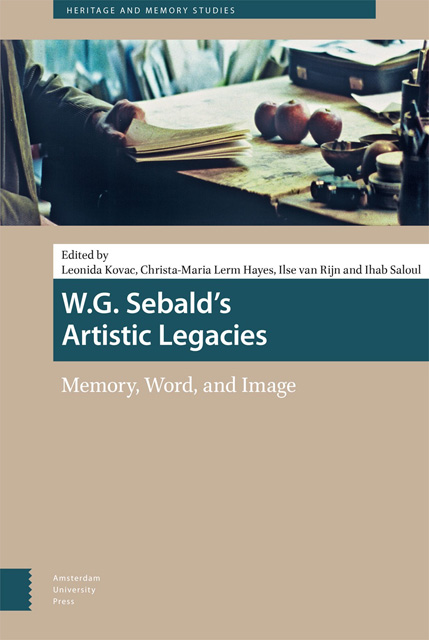2 - Imaging the Uncanny Memory: War and the Isenheim Altarpiece in 1917–19
Published online by Cambridge University Press: 26 October 2023
Summary
Abstract
“A man lives not only his personal life, as an individual, but also, consciously or unconsciously, the life of his epoch and his contemporaries.” Thomas Mann’s 1924 words on war, memory, and art also distils his emblematic encounter with Matthias Grünewald’s Isenheim Altarpiece. Transported from Colmar to Munich in October 1917, exhibited from 1918–19 at the Munich Alte Pinakothek, as this article explores, it became the focus of an extraordinary moment of German national crisis and expiation widely imaged, projected, reported, and seen by countless visitors including Mann. My concerns are two-fold. First, to explore responses in word and image stimulated by the Altarpiece’s display and extensive photographic imaging in the contexts of a significant cultural shift toward engagement with the potency of medieval art, and its mediation of practices of “uncanny” memory. Entwined with an acute sense of present trauma, this activates what Hans Belting calls the borderlines between memory and image; devotion and distance—pivoting in 1918–19 on the Altarpiece’s power as an afterlife, restaged to make present what appears absent: a medieval turbulence as a contemporary imaging and consciousness of pain. Second is to consider how this process becomes amplified in the aftermath of the war, in particular, via its writing as an unheimlich past in Thomas Mann’s The Magic Mountain, echoed in Marc Bloch’s invocation of a material memory of power, malady and sacred touch in his Les Rois thaumaturges, both 1924. Thus the conclusions suggest the recurrent, yet overlooked artistic figure of pre-modern memory within this constellation as pivotal to an imaginary of the unimaginable of what is seen and unseen.
Keywords: Art and Narrative, Cultural Memory, Medieval Border Crossing, Alterity and Identity, Resistance and Reconnection
A Medieval Nachleben—Spectral Presences/Enigmatic Differences
I start with two observations: first, W.G Sebald’s gloss in his The Rings of Saturn on Sir Thomas Browne’s 1658 Hydriotaphia or Urn Burial, evoking Browne’s central insight that “on every new thing there lies already the shadow of its annihilation.” Second, is James Elkins’s perception of Sebald’s use of the photographic image in Rings of Saturn as a “fracturing” not a distracting practice, which Elkins links to the unseen and traumatic memory.
- Type
- Chapter
- Information
- W. G. Sebald's Artistic LegaciesMemory, Word, and Image, pp. 47 - 66Publisher: Amsterdam University PressPrint publication year: 2023



